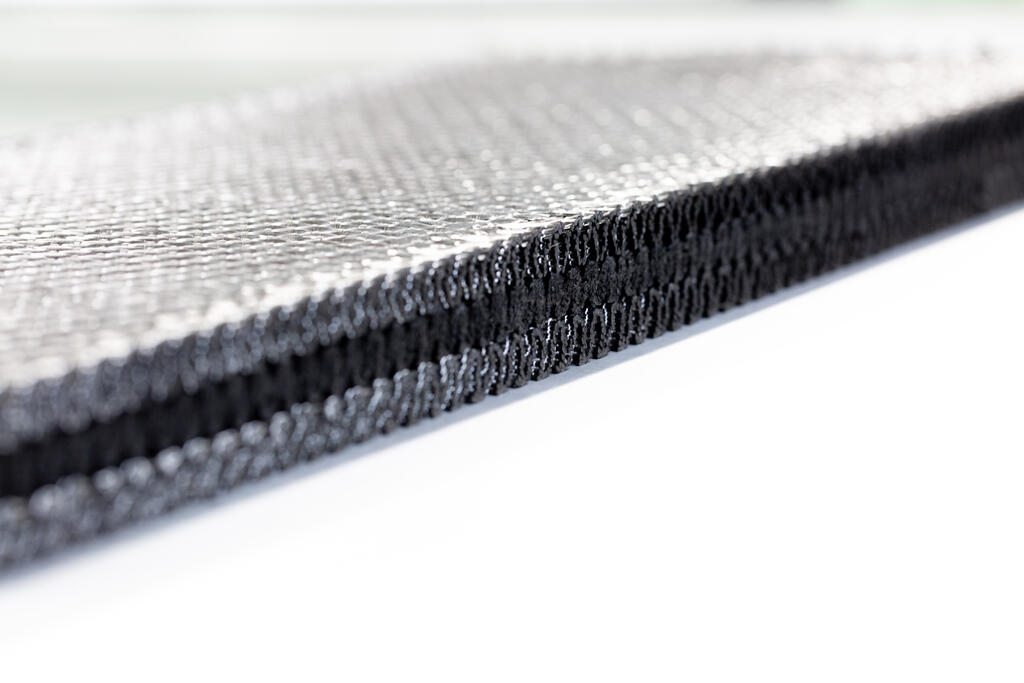
The University of Sheffield Advanced Manufacturing Research Centre (AMRC) says that it has successfully completed a project to create stabilised, near-net shape 3D multilayer woven preforms.
The AMRC worked with fabric producer Antich and Sons on the three-year FABFORM project, which focused on improving the preforms to be used in aerospace and automotive composites.
According to the center, 3D weaving of carbon fiber is a cost-effective method for producing high-quality, damage tolerant, large-scale, and high-thickness laminates for use with liquid resin injection processes to make lightweight composite materials. However, to create composite preforms suitable for resin transfer moulding, several additional processes are important to adopt the technology more widely.
The new preforms can help ensure the correct size and shape to drop into molds used for the injection of composite matrix resin, as well as facilitate an easier and more robust handling and transport, the AMRC said.
‘The variable thickness, stabilisation and trimming methods developed for 3D woven materials in FABFORM allow a significant step up the value chain,’ said Antich head of research and development, Andy Smith. ‘In the past, 3D woven preforms were hard work to prepare for moulding operations and were also liable to deterioration when handled and cut. We therefore felt it was crucial that, as a weaver, we developed the technology both during-and-post-weaving to supply finished, stable preforms which can be easily utilised by end users.’
Smith said that future applications for the preforms could be renewable (wind turbine blades), rail (body structure), industrial processing and defense.
This story uses material from the AMRC, with editorial changes made by Materials Today. The views expressed in this article do not necessarily represent those of Elsevier.





